Winters always bring back childhood memories of enjoying homemade traditional delicacies. Food is constantly on my mind, from fresh, hot snacks to grilling on a traditional tandoor, and even fermented drinks and pickles.
One winter delicacy I cherish is Carrot Kanji, a salty and slightly sour fermented drink popular in Northern India.
This traditional beverage is known for its probiotic properties and is naturally fermented. Carrot Kanji is primarily made with black carrots, which are available during the winter months, along with salt, ground mustard seeds, and water.
I also like to add half a beetroot to enhance the color, making it even more appealing.
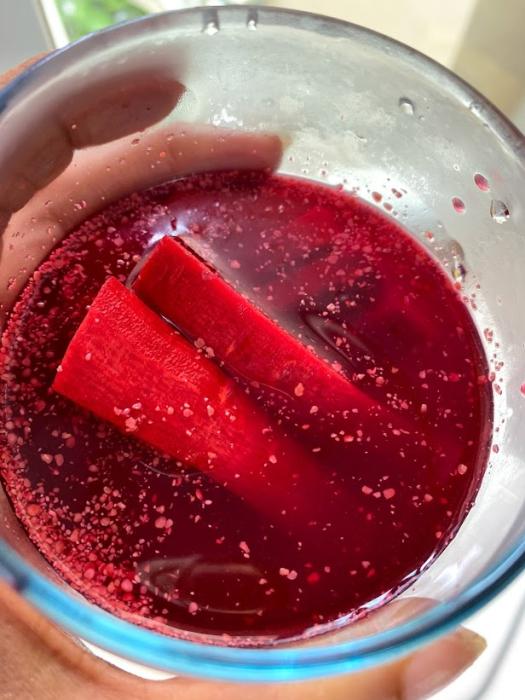
Kanji is often referred to as “Indian Kombucha” because both are naturally fermented drinks; however, their flavors are quite opposite. Kombucha tends to be sweet, while Kanji has a salty and pungent taste.
Kanji acts as a natural appetizer and is typically consumed with meals, where it greatly benefits gut health.
I recently spotted black carrots in Singapore for the first time in 13 years, and I knew I had to make Kanji with them!
Carrot Kanji Recipe
Ingredients
- Black/Purple Carrot- 2 large
- Beetroot- 1 medium
- Salt
- Grounded mustard seeds- 2 tbsp
- Red chilli powder- 1/4 tbsp
- Water – 1.5 litres
- Glass container
Method
- Wash the carrots and beetroot thoroughly and remove the outer layer.
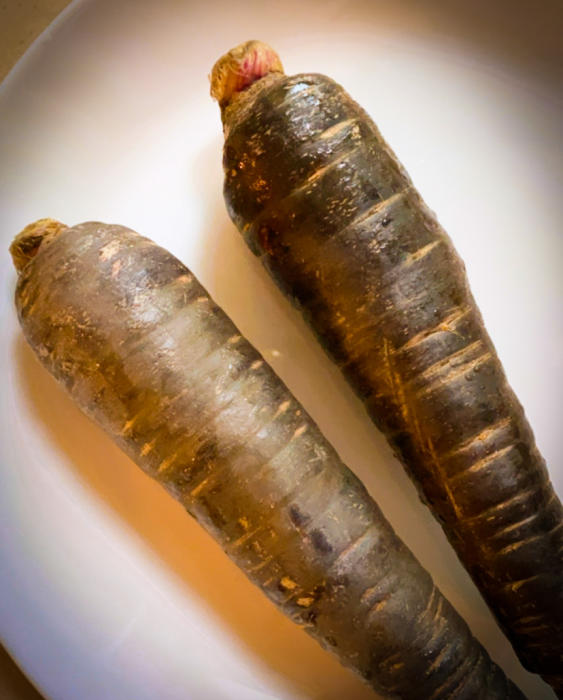 2.Always use glass containers for any fermented foods, whether it’s pickles or drinks. I used a standard Ikea glass jar with a capacity of 1.8 liters.
2.Always use glass containers for any fermented foods, whether it’s pickles or drinks. I used a standard Ikea glass jar with a capacity of 1.8 liters.
3. Slice the carrots, and beetroot and then add them to the glass jar.
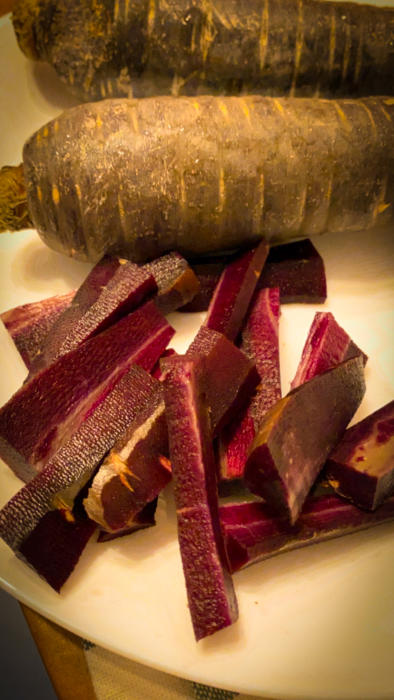 4. Now add salt, chill powder, mustard seeds powder and water.
4. Now add salt, chill powder, mustard seeds powder and water.
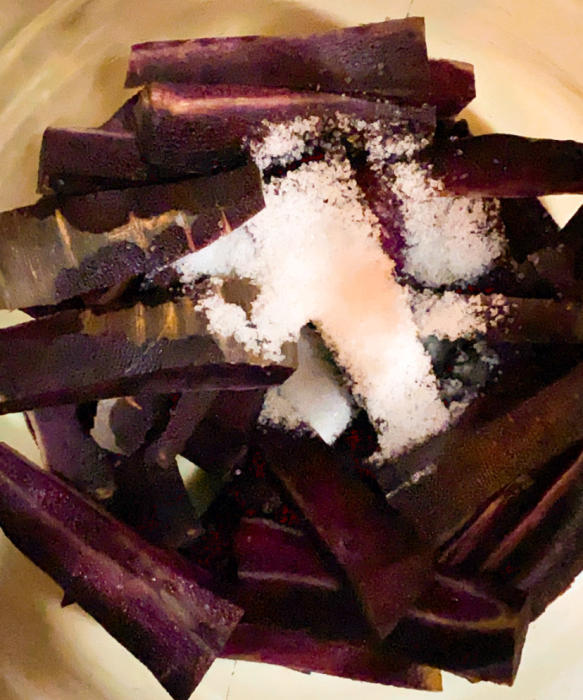 5. Give a nice good stir so that it is not settled at the bottom.
5. Give a nice good stir so that it is not settled at the bottom.
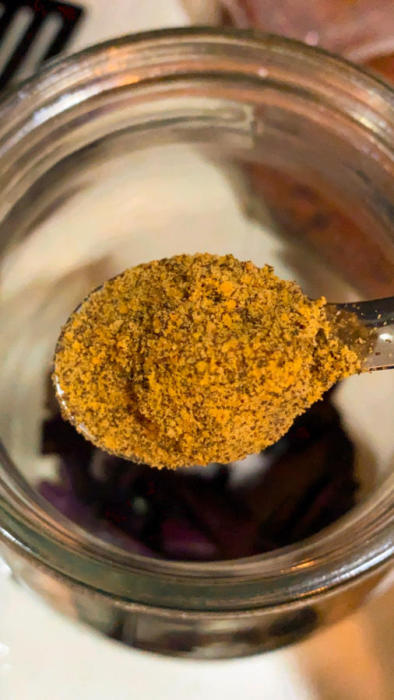 6.Place the container in a sunny, warm area for 3–4 days, stirring it every day. You will begin to notice air bubbles forming at the top, indicating that fermentation has started.
6.Place the container in a sunny, warm area for 3–4 days, stirring it every day. You will begin to notice air bubbles forming at the top, indicating that fermentation has started.
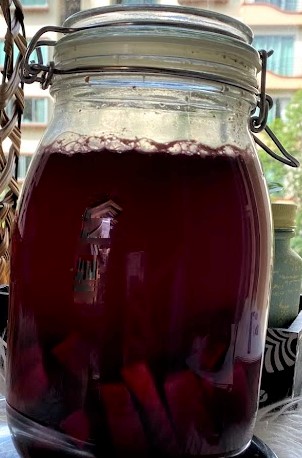 7.It took us 4-5 days to complete our task because the weather was quite cloudy. You can either chill the drink and enjoy it cold, or have it at room temperature. Nikhil prefers it chilled, while I like it at room temperature.
7.It took us 4-5 days to complete our task because the weather was quite cloudy. You can either chill the drink and enjoy it cold, or have it at room temperature. Nikhil prefers it chilled, while I like it at room temperature.

